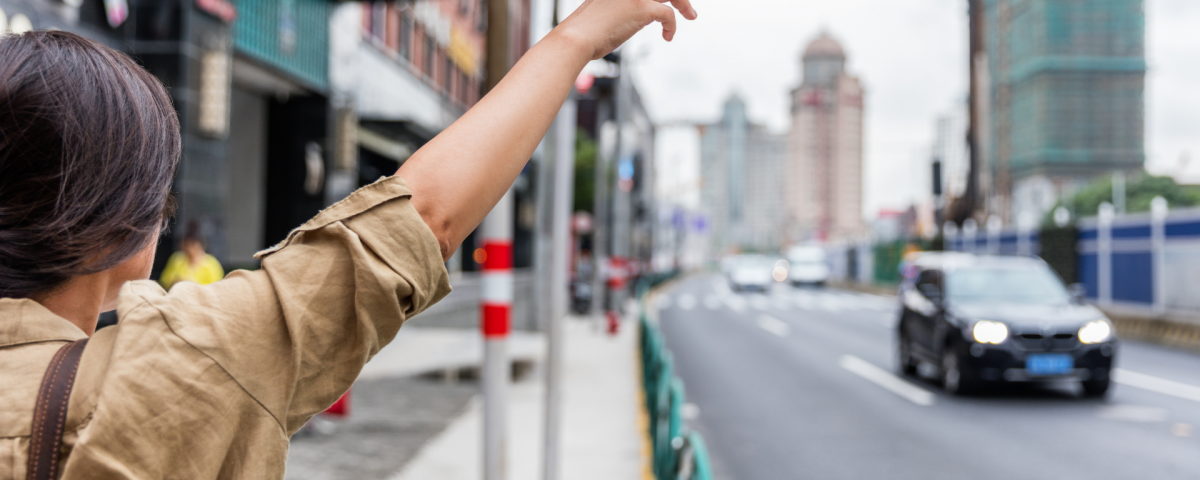
Intellicast S4E34 – The GLC Fall Conference Extravaganza
September 27, 2021
Intellicast S4E35 – Mental Health in MR, Fair Data Usage, and Nielsen Losing TV Accreditation
October 4, 2021Picture this: It’s Friday night, you’ve been out on the town, but it’s time to call it a night. So like the responsible adult that you are, you call an Uber to get home. You open the app, type in your address, and wait for your options to populate. Your driver can have you home in half an hour for only… $40?
That’s nearly three times what you paid for a ride just a few days earlier! How can this be?
The answer lies in Uber’s dynamic pricing structure. This system adjusts rates based on different factors including time of day/night, distance of route, current traffic, and most importantly: demand. Friday nights are busy times for rideshare services, meaning demand is high. So, like we learned in Economics 101, when demand is high, prices will rise.
This may seem like a simple lesson in supply and demand, but it goes a bit deeper than that. And it’s not so different from the way the online sample industry operates.
So, why does Uber’s cost rely on dynamic pricing? Well, much like how respondents are paid per survey complete in market research, Uber drivers are paid per ride. Uber increases their pricing in busy areas during hours of high demand to incentivize more drivers to get on the road and head to those hot spots, eliminating the shortage of available rides.
Once more drivers are in the area, the supply meets the demand, causing pricing to revert to normal.
On the other hand, when demand for rides is low, so is the cost to ride and the incentive for drivers. This means drivers are less willing to work during that time.
Survey respondents are much the same. Where high demand for Uber means increased pricing and longer wait times, in market research it may mean higher CPIs and slower traffic. When it comes to getting respondents for your survey, pricing is key. Respondents want to take surveys that fairly incentivize them, making completing your survey worth their time. It’s also more expensive to get respondents right now because of both an increase in demand and a shortage in supply.
Uber is also currently experiencing an overall shortage in drivers due to the pandemic. COVID-19 caused the rideshare industry to come to a screeching halt and many drivers left Uber for safety reasons, childcare needs, or simply because there was no demand for rides. However, with the release of the vaccine, demand for rides has come back with as much force as it left, causing a gap between supply and demand.
The same is true with online sample, which saw a dip in demand at the start of the pandemic, leaving respondents with no surveys to answer, and causing them to leave their panels. Now, we are back in full swing, but with a limited number of respondents to shoulder this demand. The increase in demand and decrease in supply causes higher CPIs and slower traffic.
The Uber company instructs riders to anticipate higher prices and longer wait times on Friday and Saturday nights, during rush hour, and during events and festivals.
Our advice for increased quality respondents is to anticipate higher CPIs and slower traffic, budget for extra incentives, emphasize field time, and manage client expectations.
With that being said, it’s hard to say how long this gap in supply and demand will last for the market research industry, but we’re already seeing some aspects of research revert to normal. Here at EMI, we’re also positioned to have a more aerial, overall view of the industry because we are constantly having ongoing discussions with our many partners rather than simply having the viewpoint of one panel with which to monitor these changes.
As it turns out, fielding online sample and calling an Uber aren’t so different after all! To learn more about how to get the best sample experience, schedule a free consultation with one of our expert sample consultants.



